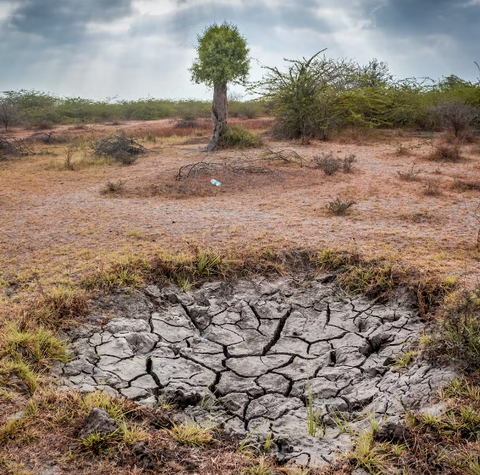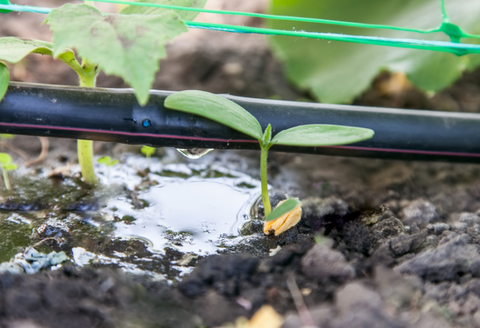Overcoming Challenges in Hot, Dry Gardening Conditions

How Do You Garden in Dry Weather Conditions?
As gardening enthusiasts, we eagerly await the vibrant summer months when our English gardens come alive. Whether we spend our days nurturing plants or simply enjoy the outdoors with a refreshing drink, summer is the perfect time for gardening. However, hot temperatures and limited rainfall pose new challenges for gardeners in maintaining thriving green spaces. In this blog post, Dr Green Fingers is here to help. At Plants By Post, we have compiled common problems faced by gardeners in hot, dry conditions, also known as weather damage and provided effective solutions. Let's explore how to combat these challenges and keep our gardens flourishing.
Understanding the Challenges of Hot Weather and Gardening:
Soil Drying Out:
In scorching temperatures, soil moisture evaporates rapidly, leaving plants vulnerable to dehydration. Dry soil negatively affects plant growth, flowering, and overall health.
Water Scarcity:
Limited rainfall makes it difficult to maintain proper hydration for gardens and allotments. Traditional watering methods may not be sustainable, particularly in regions experiencing water scarcity.
Practical Steps to Combat Hot, Dry Conditions:

Water Conservation Techniques:
To minimize water usage while ensuring plants receive adequate hydration, consider implementing the following techniques:
Mulching: Apply organic mulch to reduce evaporation, retain moisture, and regulate soil temperature.
Drip Irrigation: Install a drip irrigation system to deliver water directly to plant roots, minimizing waste through evaporation and runoff.

Rainwater Harvesting: Collect rainwater using barrels or tanks connected to gutters, providing a sustainable water source during dry spells.
Proper Watering Practices:
To optimize water usage, follow these watering techniques:
Watering Deeply: Soak the soil deeply to encourage deeper root growth, increasing plants' resilience to drought.
Watering Times: Water plants during cooler parts of the day, such as early morning or evening, to minimize evaporation.
Choosing Drought-Tolerant Plants:
Selecting plants naturally adapted to arid conditions significantly reduces water requirements. Consider including succulents, xerophytes, and native species in your garden or allotment.
Improving Soil Health:
Healthy soil retains moisture better and supports plant growth. For the best results, take the following measures:
Organic Matter: Enhance soil structure and water-holding capacity by adding compost or well-rotted manure.
Mulching: Apply mulch to regulate soil temperature and reduce moisture loss.

Conclusion:
While hot, dry conditions present challenges for gardeners and allotment owners, we have the opportunity to adapt and employ sustainable water techniques. By conserving water, selecting appropriate plants, trees and shrubs, and improving soil health, we can create resilient and thriving gardens even in the face of climatic changes. Remember to stay informed, innovative, and let your green thumb flourish with the help of Dr Green Fingers.
Explore these resources to expand your knowledge on water-conserving methods and learn how to maintain a thriving garden and plants in hot, dry conditions.



